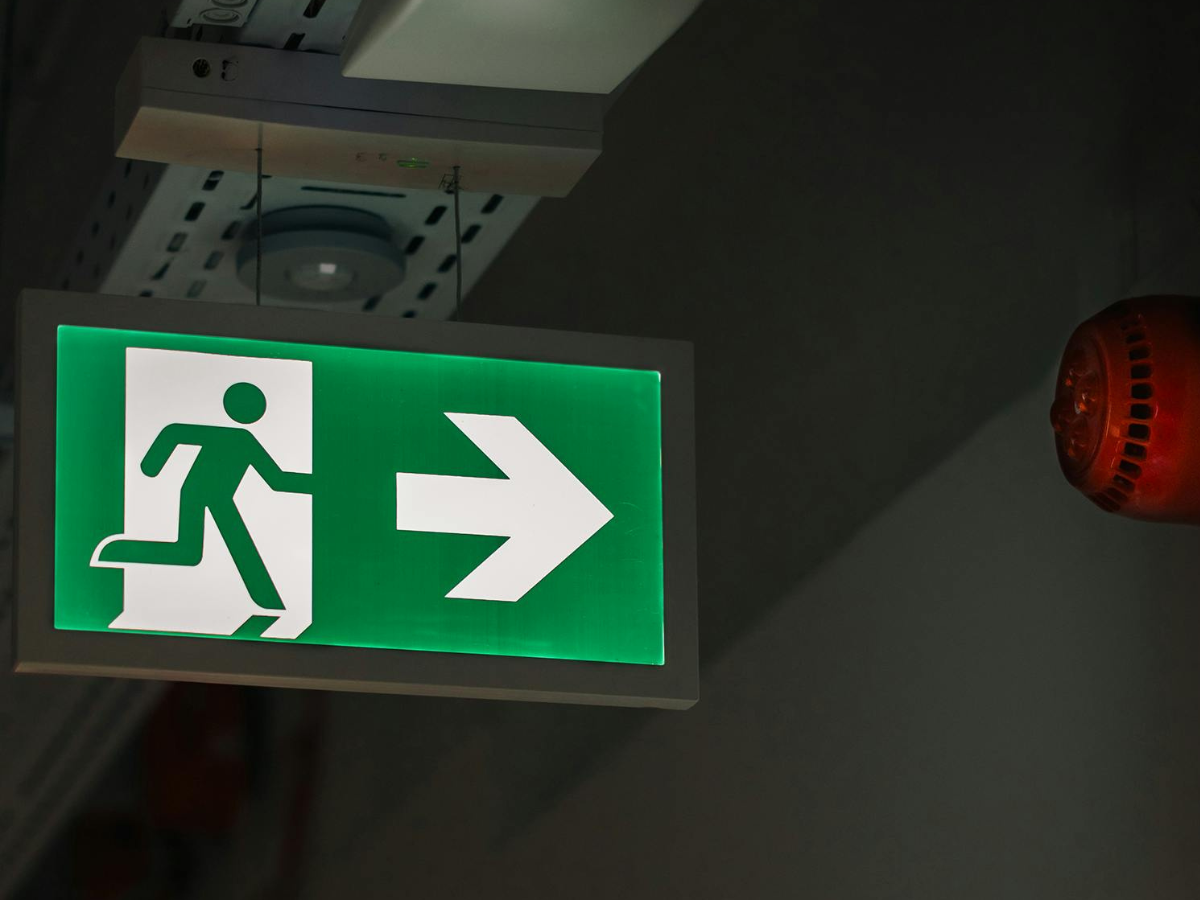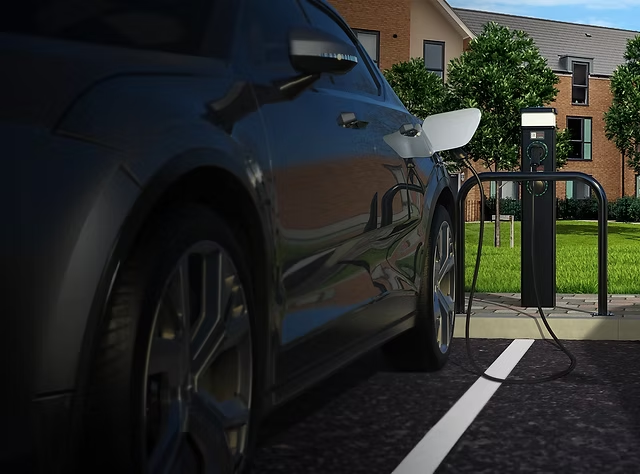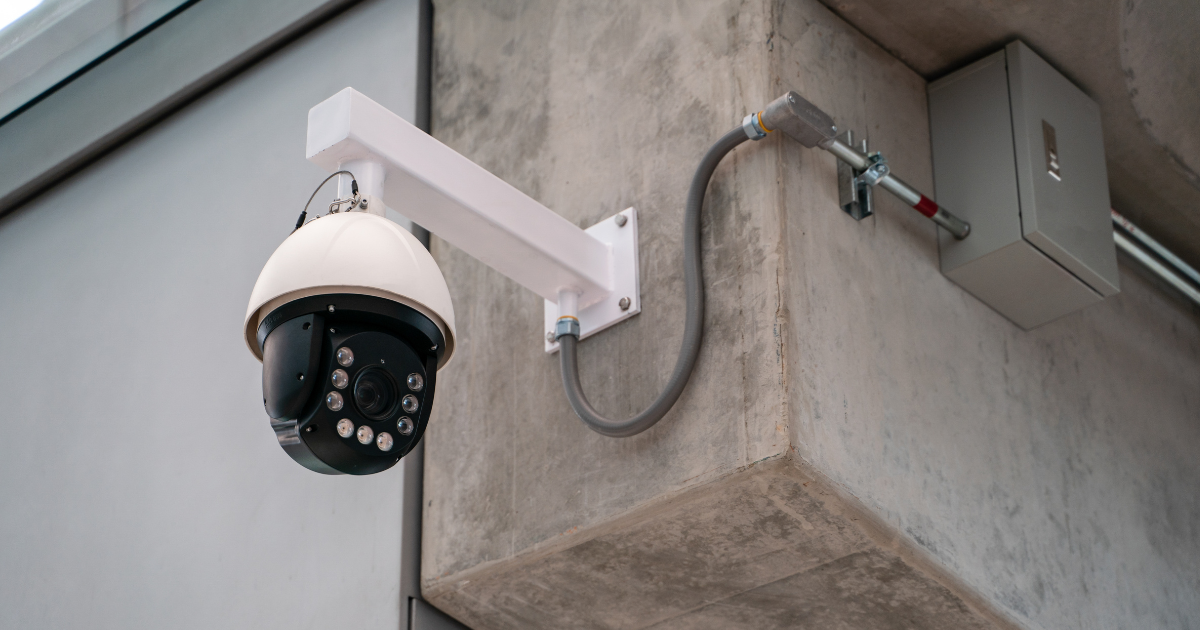Electrical Safety in Heritage and Listed Buildings: What You Need to Know
Heritage buildings and listed properties are full of charm, but outdated electrical systems and structural constraints can make electrical safety more complicated. Old wiring, limited access routes, and preservation restrictions all add layers of consideration. Still, safety and building compliance must remain the priority.
This post covers key risks, practical solutions, and how Highland Services can assist with electrical inspections, maintenance, and broader building safety support across older and character properties.
Why older buildings pose unique risks
Many heritage and listed buildings still rely on ageing electrics that were never designed to handle modern loads. Insulation can break down over time, earthing may be insufficient, and older systems often lack protection against faults.
Fire is one of the biggest concerns. Faulty or overloaded electrical systems are a common source of fire in buildings with original wiring. For listed properties, the stakes are even higher due to irreplaceable materials and strict planning rules.
Work on listed buildings often needs consent, especially when it involves altering original features or exposed surfaces. Even small upgrades can trigger requirements from local authorities. That’s why early planning and a clear understanding of compliance are key.
What to focus on
1. Electrical Inspection (EICR)
A full Electrical Installation Condition Report (EICR) helps identify risks before they become serious. These reports assess the age and condition of the wiring, distribution boards, and protective devices. Common issues include overloaded circuits, damaged cabling, and outdated components.
Highland Services provides these inspections for clients across commercial, residential, and specialist properties, supporting safe operation and ongoing building compliance.
2. Electrical Maintenance
Carrying out planned electrical maintenance helps keep older systems running safely. Even when the electrics appear to function fine, hidden faults can develop over time.
Regular maintenance might involve replacing worn parts, upgrading switchgear, or making safe temporary fixes until full upgrades can be arranged. Highland Services offers this kind of work as part of broader support for landlords, estates, schools, and commercial sites.
3. Upgrading without damaging character
In historic buildings, surface-mounted wiring or using existing voids helps avoid damaging finishes. Traditional features like skirting boards, cornices, or plaster walls can often hide cabling, avoiding the need to chase into original fabric.
Installers need to work with care to preserve the building’s appearance. While Highland Services doesn’t specialise solely in heritage sites, our teams are used to working in sensitive environments where access is restricted or work needs to be carried out discreetly.
4. Fire safety and compliance
Building safety relies on more than functioning electrics. Fire risk assessments should always include electrical systems – especially in older buildings where faults can remain hidden behind panelling or within roof voids.
Highland Services also supports clients with fire alarm systems and wider compliance measures, ensuring electrical and fire safety go hand in hand.
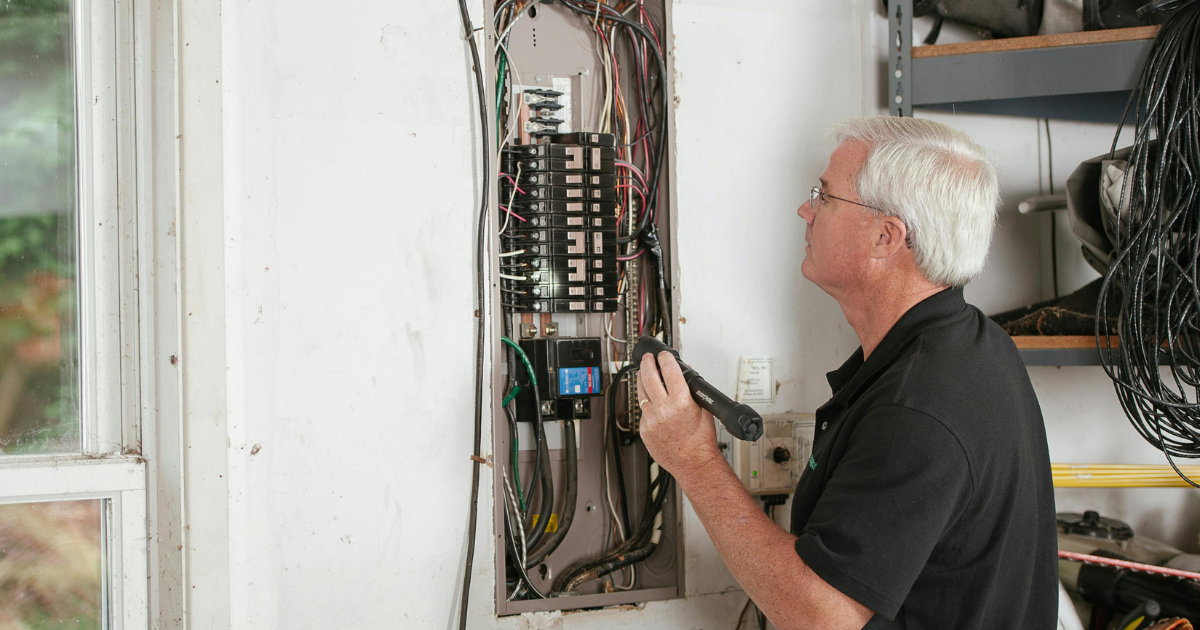
Practical steps for building owners
- Get your building’s electrical system checked regularly – especially if it hasn’t been inspected for years
- Keep a clear record of all electrical work, including photos and certificates
- Use contractors familiar with older building layouts and constraints
- Plan maintenance work during quieter periods to limit disruption
- Factor electrical safety into your overall building compliance strategy
How Highland Services can support your site
Highland Services provides full support for electrical inspection, electrical maintenance, testing, and system upgrades. Our engineers work across all types of property, including buildings with restricted access or preservation challenges.
If you're responsible for a historic or listed building and need reliable support with electrical systems, we can help you plan and carry out safe, practical improvements – without compromising on compliance.
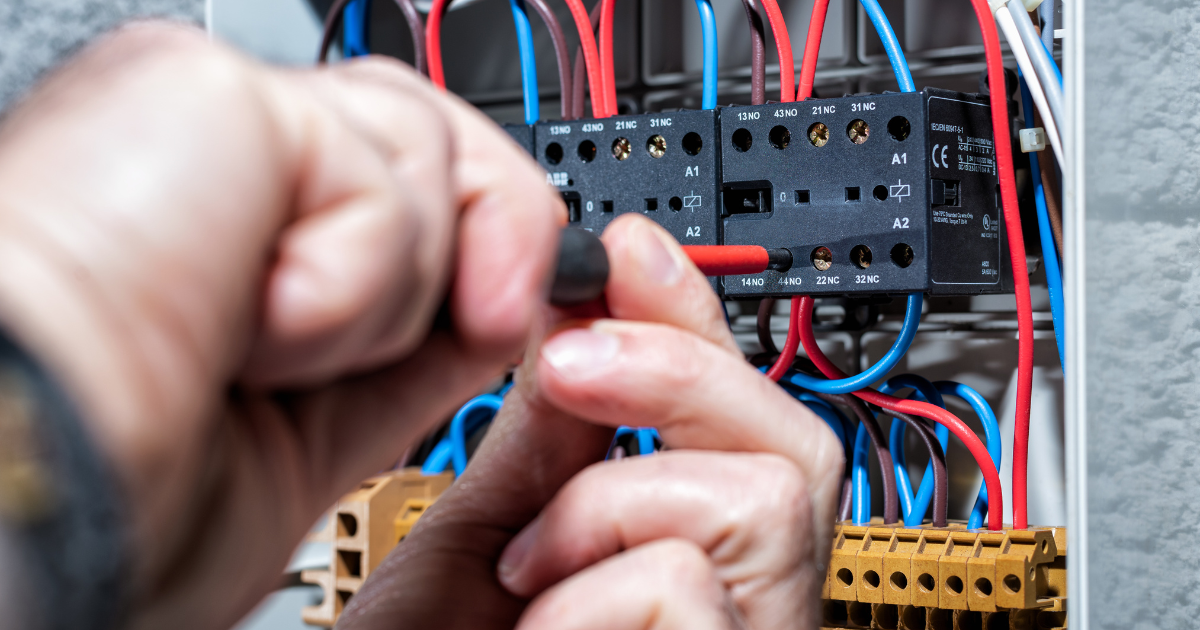
Final thoughts
Heritage and listed buildings often require a little extra thought when it comes to electrical safety, but they’re manageable with the right plan in place. Regular inspections, smart maintenance, and expert input can go a long way in protecting both people and property.
For straightforward advice or to book an inspection, get in touch with Highland Services – we’ll make sure your systems are safe, up to date, and aligned with current standards.


